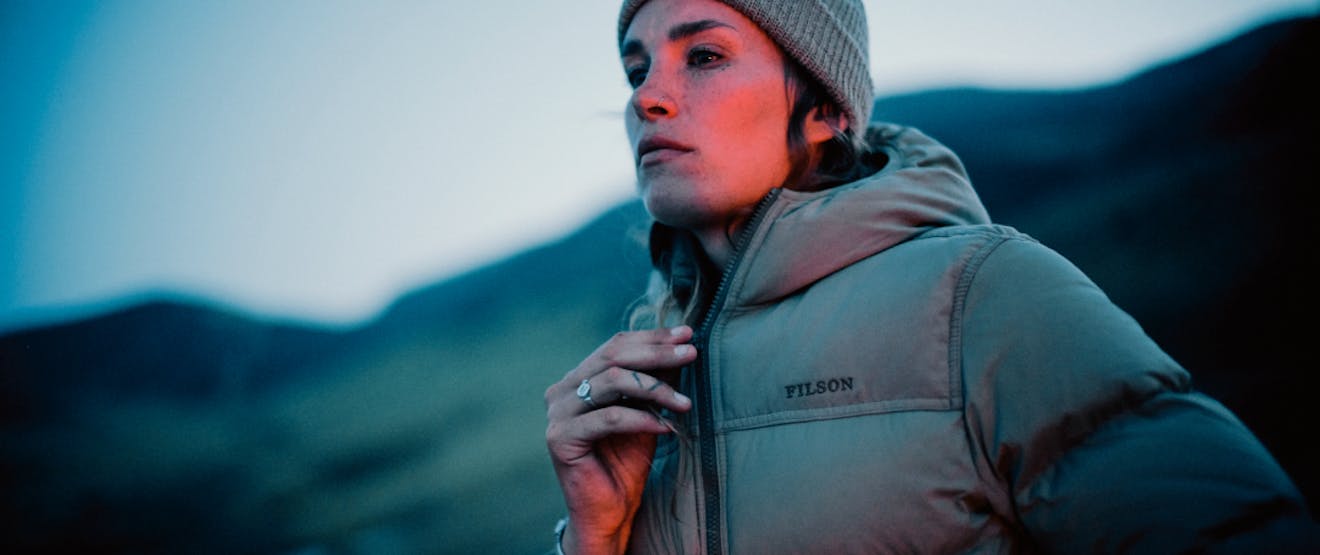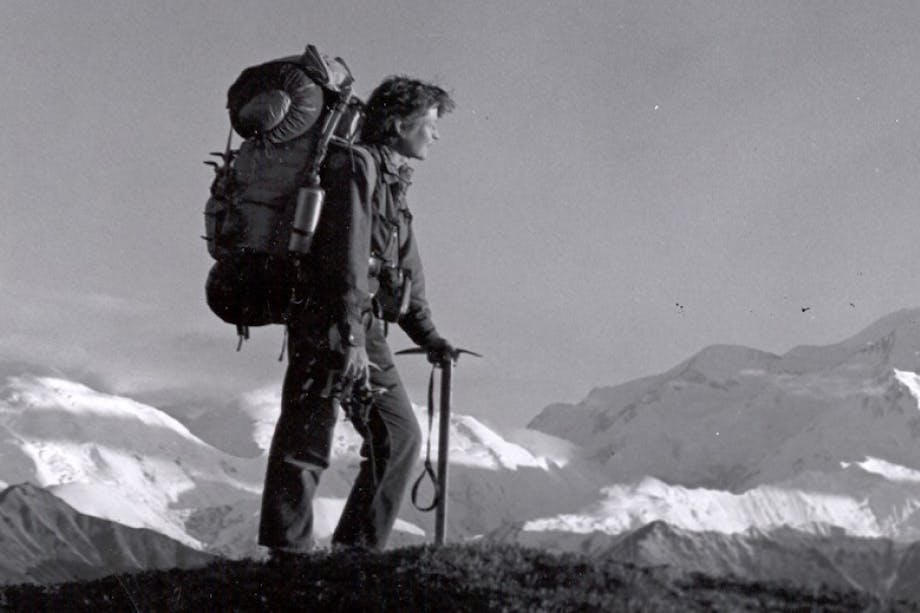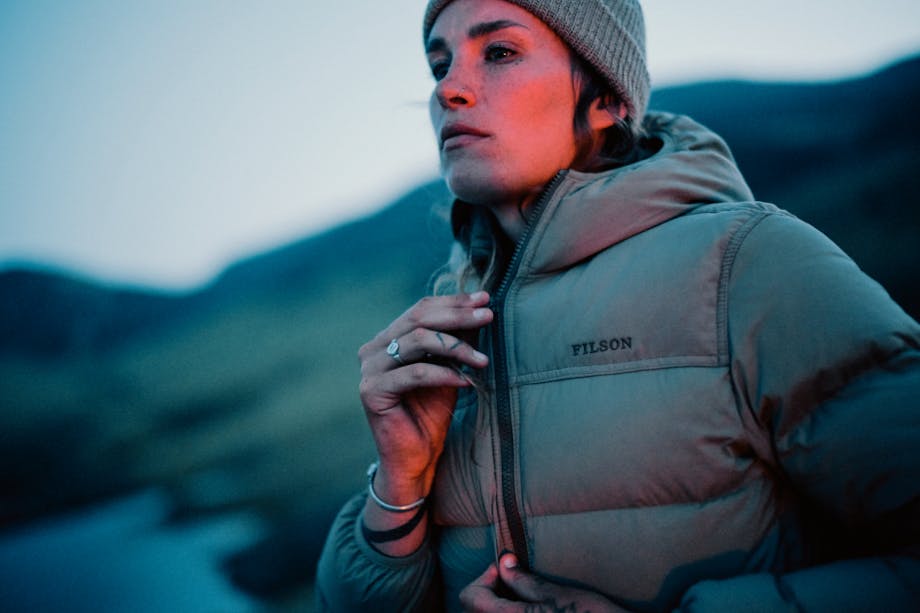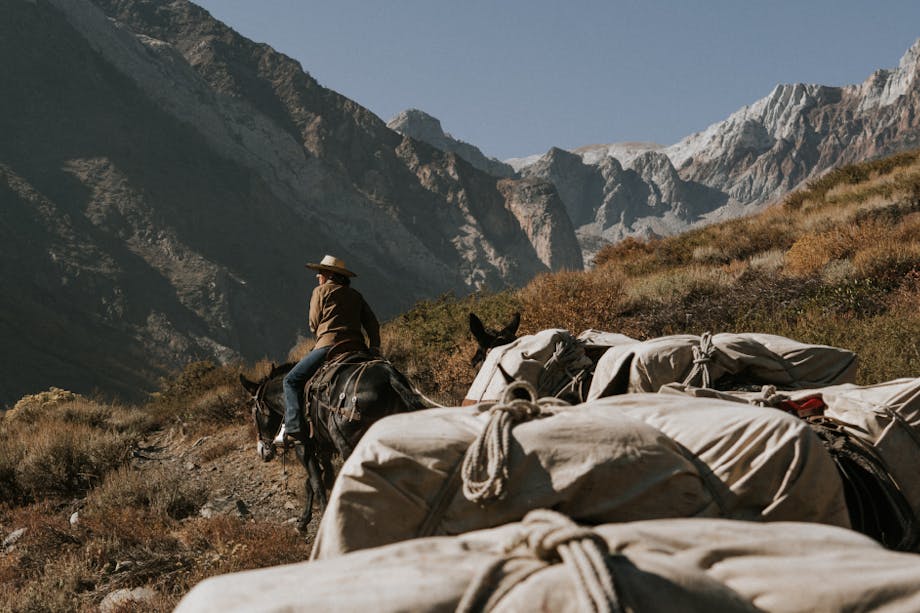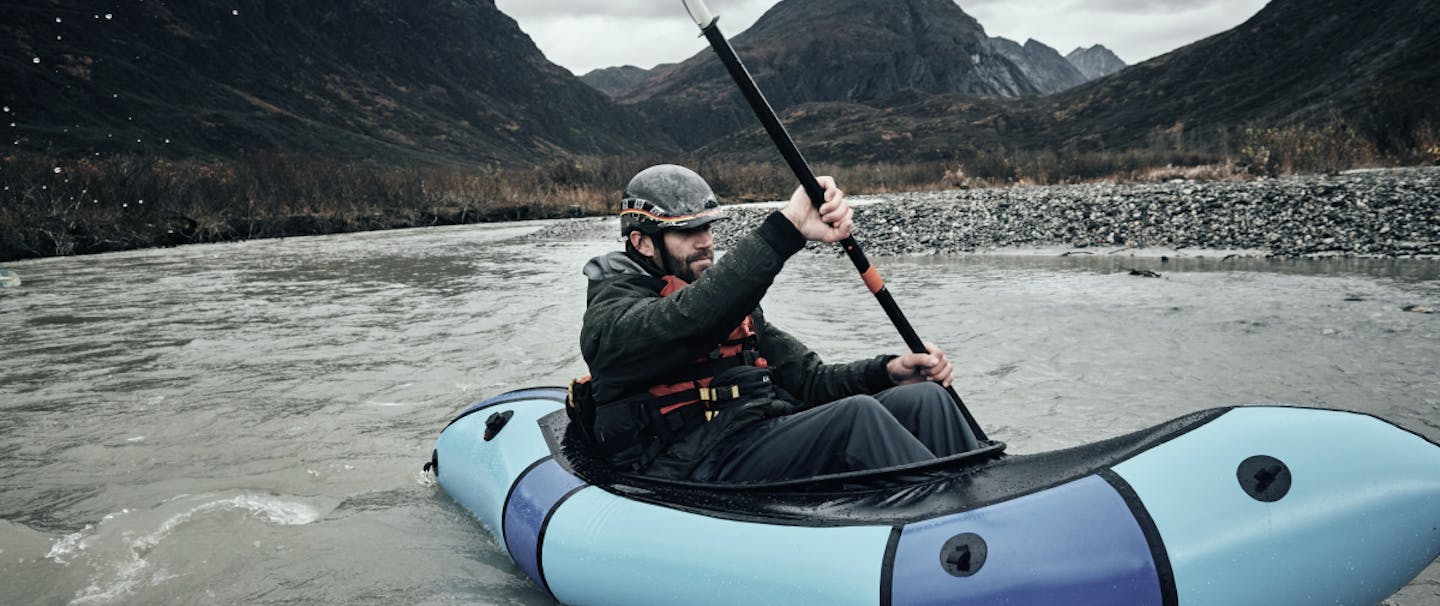Anne LaBastille – “Annie” to her friends – stands out foremost as a twentieth-century devotee of the pioneer lifestyle. But she was, as well, an accomplished author, photographer, nature conservationist, and ecologist.
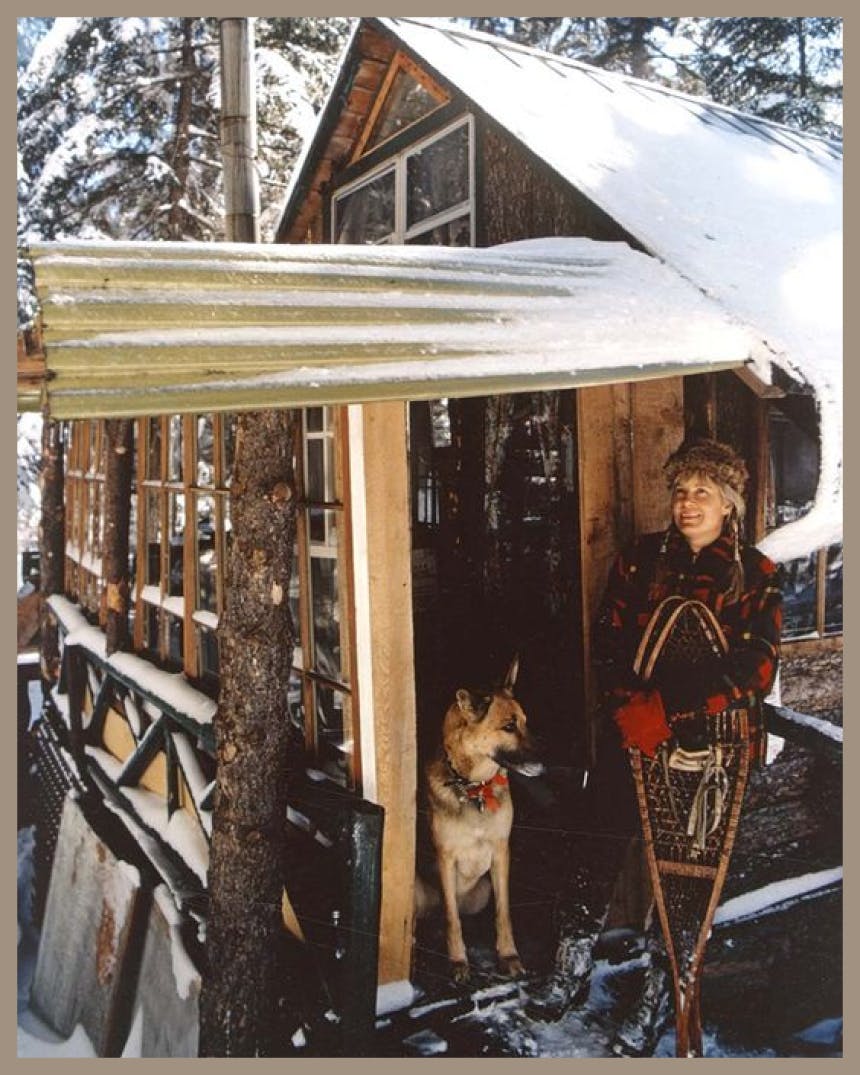
At the age of 31, after securing a small plot of private land studded with mixed spruce, balsam fir, and hardwood forests, LaBastille embarked on a solitary life in the wilderness of the Adirondacks. The closest village lay five miles away to the west over the mountain, and was accessible only by boat. Over the summer of 1964, and with the help of a few local carpenters, LaBastille handcrafted her original cabin from spruce logs, with an interior room measuring just 12 by 12 feet. The author dubbed her cabin’s location as “Black Bear Lake” to conceal its location in upstate New York and to preserve her privacy. Her motivation for this self-imposed isolation was simple: living in the wilds, as self-sufficient as possible, would create a refuge in which to work on her writing and draw inspiration from nature in the process. This was as much a personal liberation as it was an opportunity for her to achieve “the first real home of my adult life.”
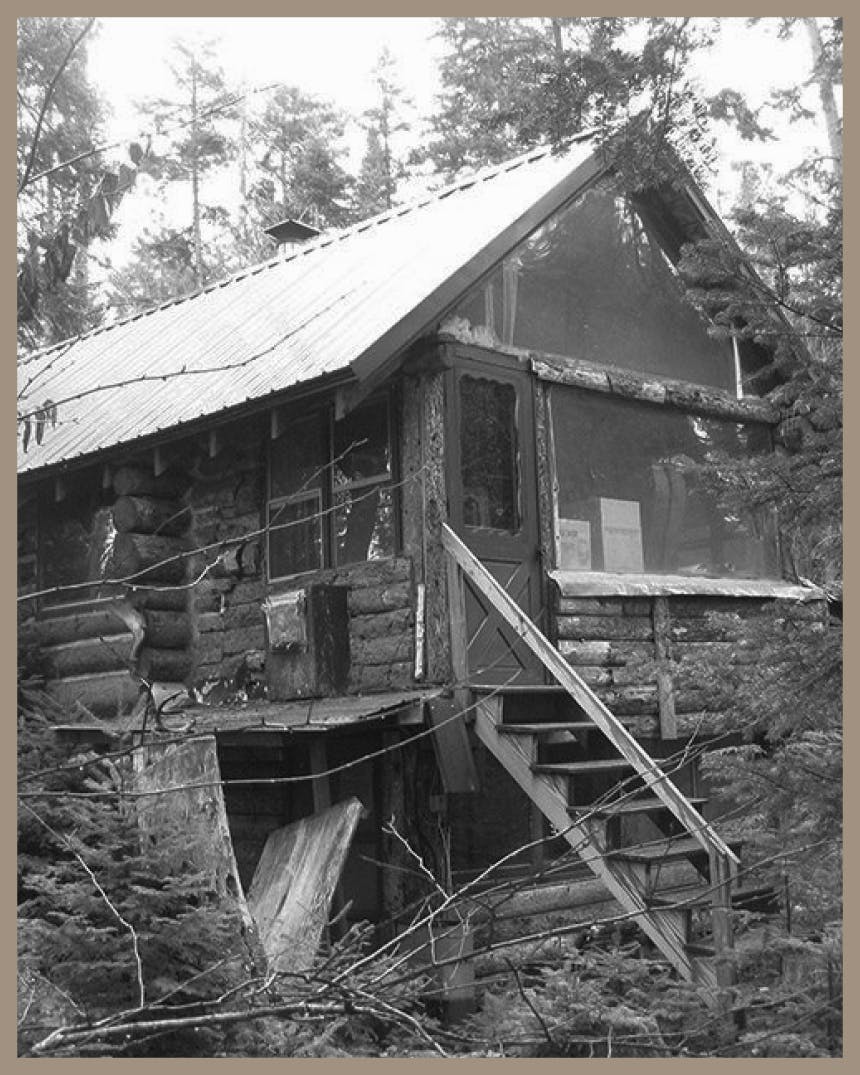
In 1976, LaBastille published Woodswoman, her first book about life on the border of Adirondack Park’s six million acres of wilderness. The book is a memoir of a life that is both immensely satisfying and, at times, enormously challenging. Three more books would follow over four decades of life in the Adirondacks.
While isolation may have been the original impetus for the author, her time on the lake was punctuated by encounters with human visitors and denizens of the forest, with the result that she was never truly isolated. Her creative spirit went hand in hand with her survival instincts, as she met challenges ranging from designing an overhead loft for sleeping quarters to relocating her entire cabin 12 feet back from the shore of the lake.
The environment, as well, LaBastille conveys as both a friend and foe: never is the latter more apparent than during the “freeze up” of the lake in November, a dangerous time to be out on the water for any reason. LaBastille described human contact as, at times, a necessity (four visiting state hunters helped her once by bringing in a winter’s supply of propane gas by boat), but her real relationship was with the natural world. She wrote: “The first trees I got to know, and later drew strength from, were the mature, towering red spruces and white pines.”
What strikes a chord in LaBastille’s early writings is how much effort it took to establish and then maintain an isolated and self-sufficient lifestyle. Her top priority was, as much as possible, to leave no trace in her new home. From carting out her trash by boat across the lake to leaving trees in place during the construction of the cabin at its first placement, she was an example of how to live in harmony with nature and still gain satisfaction from this solitary existence.

